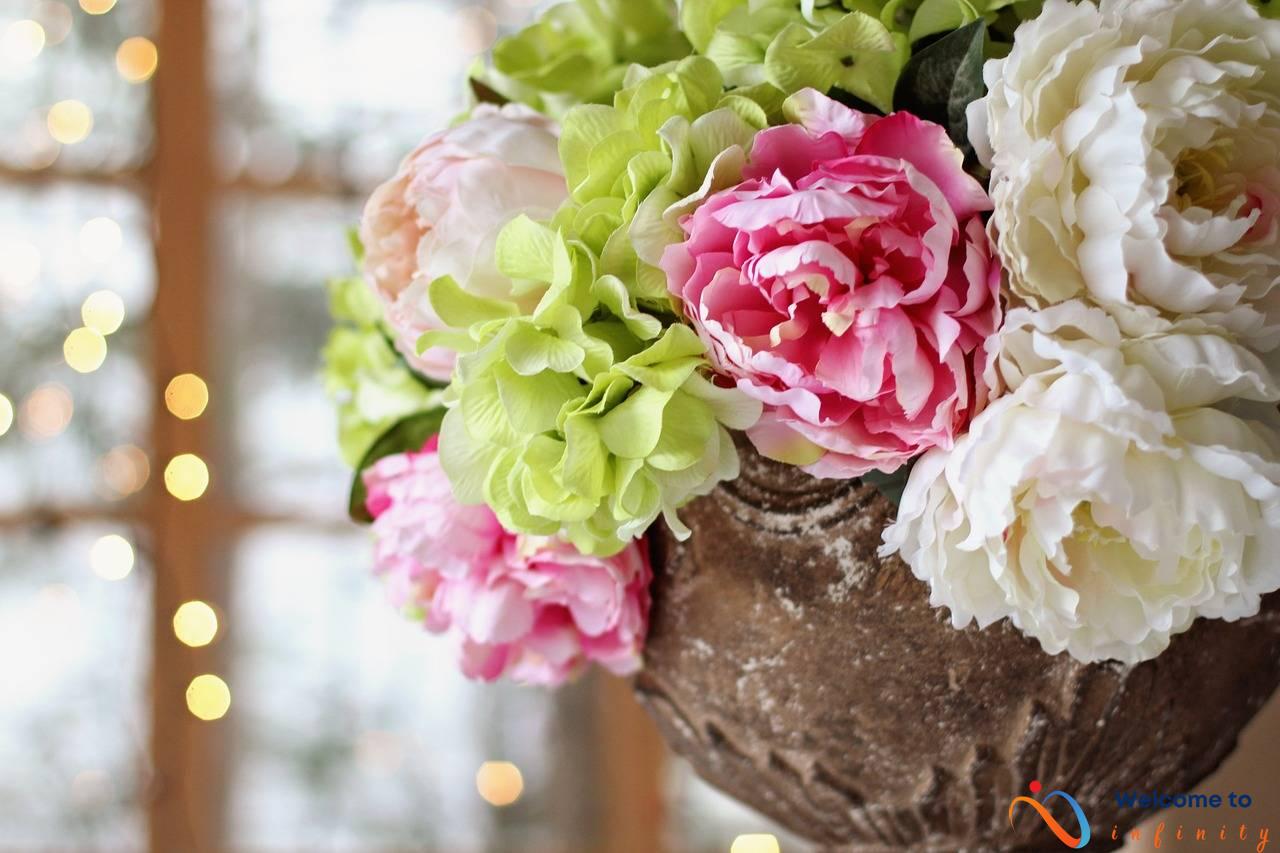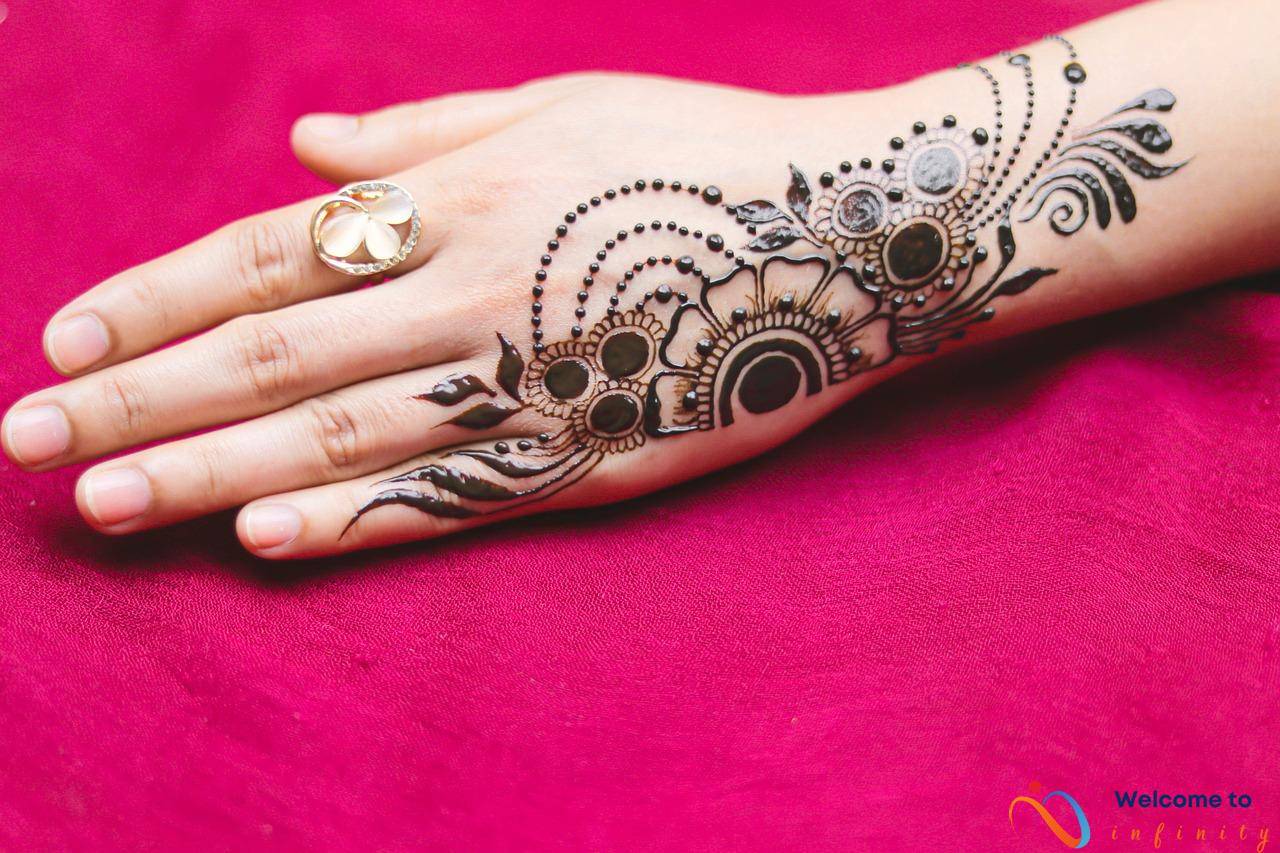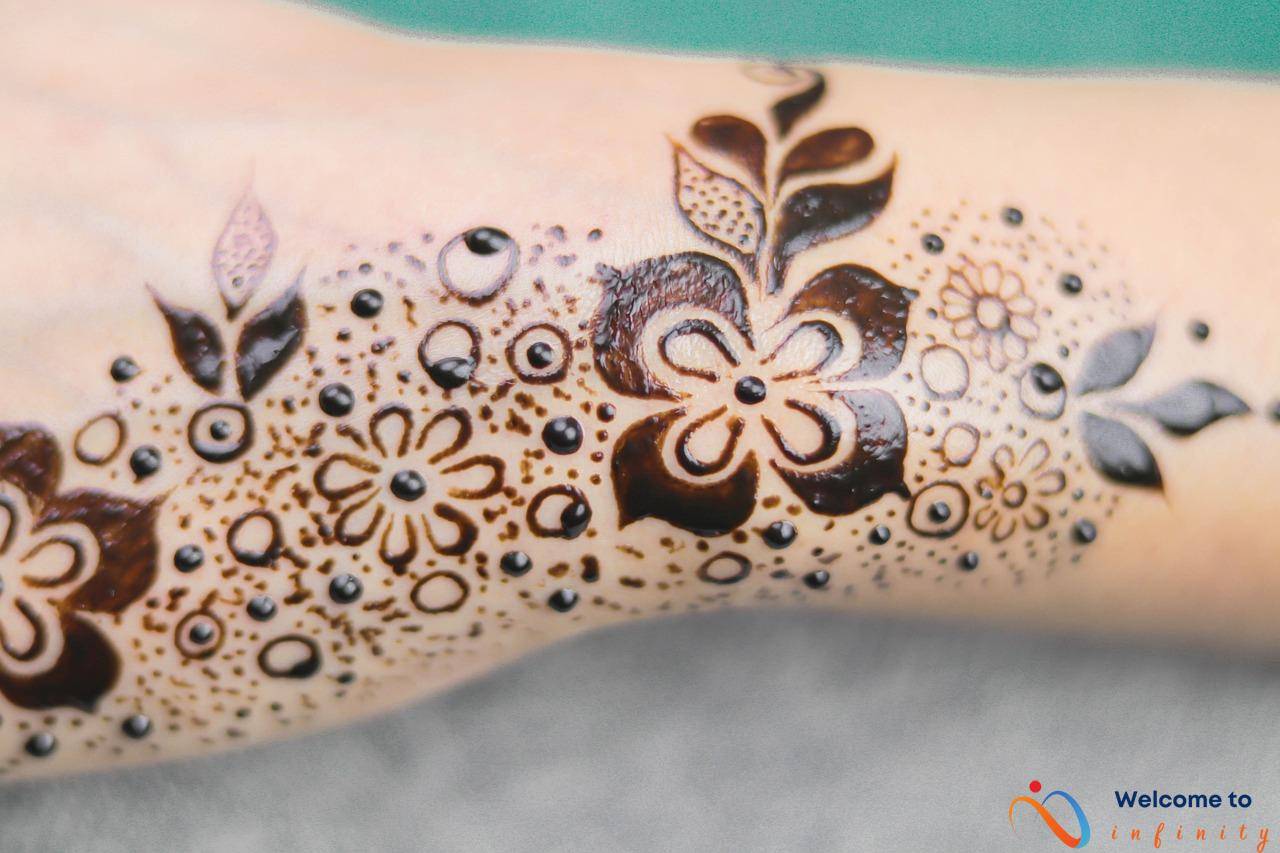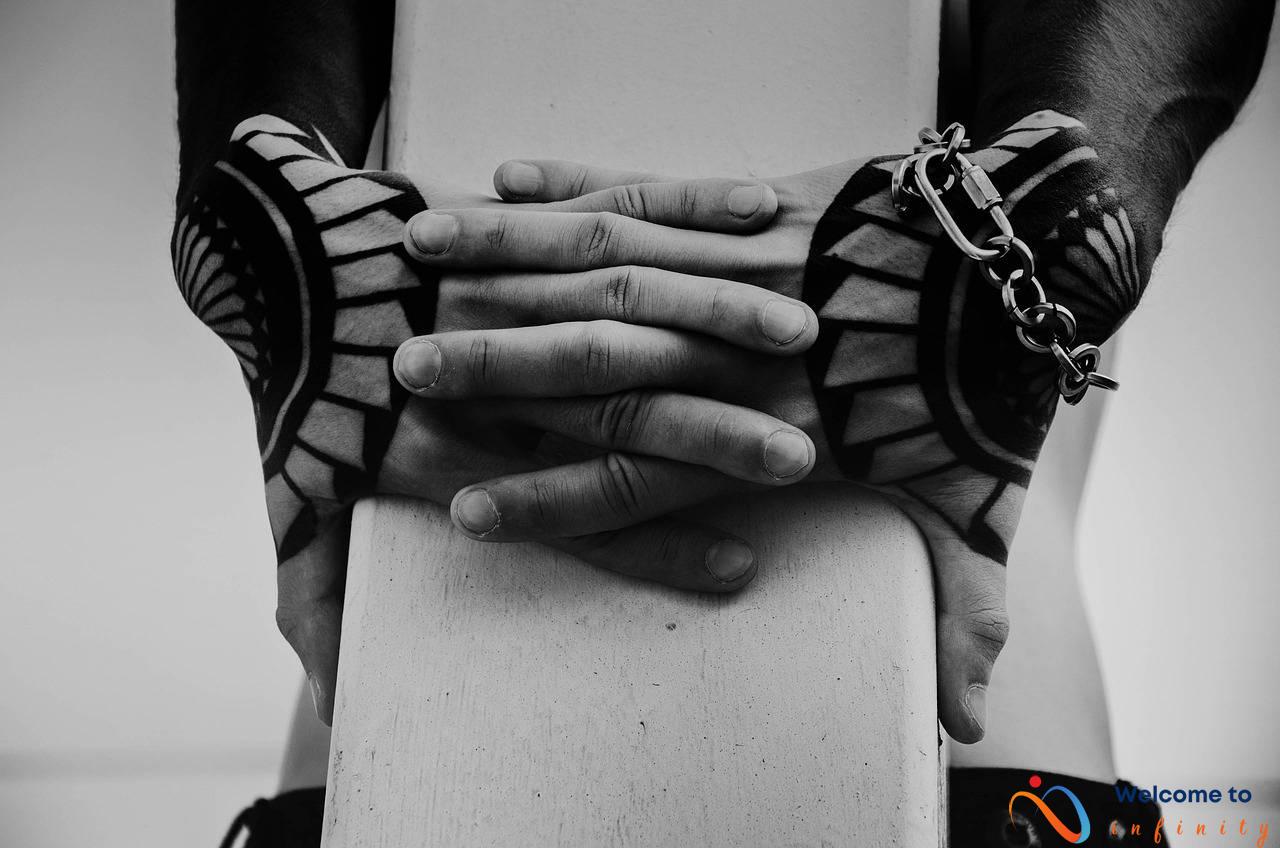Tattooing has been a fascinating form of art and expression that has been around for centuries. Over time, tattoo styles have evolved significantly and continue to develop, attracting new enthusiasts worldwide.
The traditional tattoo style has been around for centuries, with its origins rooted in sailor culture of the 18th century. The traditional tattoo style features bold black lines, simple designs, and bright colors. Traditional tattoos frequently feature classic designs such as anchors, eagles, and roses. This style is recognized as one of the most iconic American tattoo styles, with popularity still widespread today.
The realism tattoo style specializes in creating lifelike images on the skin, from portraits to landscapes to animals. This style requires exceptional artistic skill and attention to detail to capture the lifelike quality of the subject matter. Black and gray realism, as the name suggests, uses shades of gray to create a three-dimensional look, while color realism uses bright, vibrant colors to create stunning visual effects.
The neo-traditional tattoo style is a modern take on traditional techniques, using a wide range of colors to create complex designs that offer a fresh twist. Inspired by pop culture icons like cartoons, movies, and fantasy, the neo-traditional style is known for its bright hues and unique designs.
In conclusion, tattooing continues to be a form of expression that has amazed people for centuries. Whether you prefer classic designs or innovative new takes on traditional techniques, tattoos offer an impressive display of artistic skill that can be enjoyed for a lifetime.
Traditional Tattoo Style
If you go to a tattoo parlor, the traditional tattoo style is what you'll likely see hanging on the walls. This style is characterized by its bold black outlines, bright colors, and simple designs. It originated in the 18th-century sailors who would often get tattoos to show off their travels and experiences.
American traditional tattoos are the most notable example of this style. The designs in traditional tattoos are usually iconic images such as anchors, eagles, and roses, all done with thick outlines and bright colors. Some artists specialize in this style and can recreate the classic designs as well as offer a custom twist on them.
One of the appealing aspects of traditional tattooing is its longevity. The designs have remained popular for over a century because of their timeless quality and ability to retain their boldness over time. If you're interested in getting a tattoo that will stand the test of time, the traditional style is a great option to consider.
Realism Tattoo Style
Realism tattoo style is a popular choice for those looking for a piece of work that captures realistic images, from portraits to landscapes, and even animals. This technique requires an immense level of artistic skill and attention to detail to achieve the lifelike quality of the subject matter.
Realism tattoos require intense shading, which can add depth and dimension to the image. Artists who specialize in realism tattoos often spend hours carefully studying and sketching the subject matter to ensure that the final product is as close to perfect as possible. They have to pay attention to every detail, from the lighting and shadows to the texture and colors.
Realism tattoos are typically done in either black and gray or color. Black and gray realism can create a stunning effect with a limited color palette that uses specific shades of gray to produce depth and realistic images that can rival photographs.
On the other hand, color realism requires the use and combination of vibrant colors to bring the image to life, making tattoos look more vibrant and striking. Color realism works well with portraits, flowers, and other objects that have a variety of colors.
- Realism tattoos give the illusion that the subject matter is coming to life on the skin.
- Realism tattoos require a great deal of artistic skill and attention to detail.
- The style is typically done in black and gray or color with a limited color palette.
- Realism tattoos allow artists to create stunning images that look like they're lifted from the real world.
Overall, realism tattoos require incredible skill to achieve the desired effects, making them stand out and visually stunning. Whether a black and gray or color, realism tattoos can capture life-like qualities that make them worth the time, money, and effort invested.
Black and Gray Realism
Black and gray realism is a popular tattoo style that utilizes black ink and various shades of gray to create depth and form in the image. This style is often used for portrait tattoos, as it can help recreate realistic images on the skin that can rival photographs.
The technique used in black and gray realism involves layering different shades of gray ink to create the illusion of dimension and texture in the image. Tattoo artists who specialize in this style must have a strong understanding of shading, contrast, and shadowing techniques to make the image look as realistic as possible.
Black and gray realism tattoos can range from small, minimalist designs to full sleeves and back pieces. This style is particularly popular for tattoos of famous celebrities or loved ones who have passed away, as it can capture the essence and likeness of the person with remarkable accuracy.
Overall, black and gray realism requires a great deal of artistic skill and precision, making it one of the more challenging tattoo styles to master. However, for those who appreciate the beauty of lifelike tattoos, it's a style that can truly be breathtaking when executed correctly.
Color Realism
Color realism has been gaining popularity over the years, and it's easy to see why. This style aims to bring the image to life by using a wide range of vibrant colors that can create a 3D-like appearance on the skin. Unlike traditional tattooing, color realism can range from a single subject to a full sleeve tattoo.
The beauty of color realism is not only about the color scheme used but also the intricate details and shading that are involved to make the image come to life. Tattoo artists that specialize in color realism need to have an eye for color coordination and how to blend them seamlessly to create shared lighting and a realistic appearance.
Color realism doesn't necessarily mean that the image has to be overly bright and colorful. The tattoo artist can opt to use a more muted color scheme to create a subtle, realistic image on the skin. The style is versatile, and each tattoo can be customized to the client's taste.
Whether you want a realistic-looking portrait of a loved one, a surreal image of a dream catcher, or a beautiful scenic view, color realism is worth exploring. It's a style that requires an immense amount of skill, patience, and attention to detail, but the end result is a truly stunning work of art.
Neo-Traditional Tattoo Style
Neo-Traditional tattoos are the perfect blend of traditional and modern tattooing techniques. They usually incorporate traditional bold black lines and bright colors with modern designs and a variety of colors. The style is known for its unique take on pop culture, including cartoon characters, comic books, and horror movies.
The Neo-Traditional style is loved by many due to its expressive and vibrant nature, which stands out from other tattoo styles. They look great in both small and large tattoos and are popular among both men and women.
- Neo-Traditional tattoos offer a contemporary twist to traditional tattoo designs, making them more colorful and dynamic.
- These tattoos use modern techniques such as shading, highlighting, and color blending, which enrich the design.
- The Neo-Traditional style is perfect for those who want to showcase their love for pop culture with a unique and modern approach to tattooing.
Overall, the Neo-Traditional tattoo style is perfect for those who love traditional designs but want to add a modern twist to them. The style offers a great way to express your creativity and love for pop culture and stands out from the crowd with its vibrant colors and modern designs.
New School
New School is a type of neo-traditional tattooing that combines traditional techniques with a modern twist. It emerged in the 21st century and has quickly become a sought-after style. This style features exaggerated proportions, vibrant colors, and a cartoon-like quality. It's not uncommon to see characters from pop culture, such as superheroes or video game characters, depicted in New School tattoos.
This style requires a skilled artist with a great understanding of color theory and composition. New school tattoos can vary in size from a small design to a larger and more elaborate piece. The use of bold lines, exaggerated details, and bright colors make New School tattoos stand out. They are typically placed in visible areas such as arms, legs, chest, or back.
New School tattoos convey a sense of fun and playfulness, and they often tell a story. The tattoos can be playful or have a deeper meaning to the wearer. The style is visually appealing, and it has a unique and recognizable aesthetic that sets it apart from other tattoo styles.
- Exaggerated proportions, vibrant colors, and a cartoon-like quality characterize new school tattoo style.
- New School emerged in the 21st century and is inspired by pop culture characters such as superheroes or video game characters.
- The tattoos tell a story and can be playful or have a deeper meaning to the wearer.
- New School requires a skilled artist with an understanding of color theory and composition.
Dark Traditional
Dark Traditional is a sub-genre of the traditional tattoo style that embraces darker images like skulls, snakes, and other macabre images. This style uses the same bold black outlines and bright colors of traditional tattoos but with a darker twist, making it a unique tattoo style. The designs in Dark Traditional tattoos can range from small, minimalist designs to full sleeves that incorporate multiple images.
The combination of bold lines and dark imagery creates a visually striking tattoo that is both intricate and powerful. This style requires a skilled tattoo artist who understands how to harmoniously merge traditional techniques with darker subject matter. Dark Traditional tattoos often incorporate bold colors such as red, orange, and green to enhance the already striking imagery, but it is not uncommon to see black and gray designs as well.
For those who appreciate the traditional tattoo style but prefer darker subject matter, Dark Traditional tattoos are an excellent choice. It is important to work with an experienced tattoo artist who can bring your vision to life while creating a long-lasting work of art that you can be proud to showcase. This tattoo style is perfect for individuals who want to showcase their darker side while still embracing a timeless design that will hold up over time.
Conclusion
Tattooing is a form of art that has evolved over time to offer a vast array of styles, designs, and techniques to suit everyone's preferences. From traditional tattoos with bold black lines and bright colors to neo-traditional tattoos with modern designs and vibrant colors, there is something for everyone.
If you prefer realistic images, you can opt for realism tattoos, which aim to recreate portraits, animals, and landscapes with incredible artistic skill and attention to detail. Black and gray realism uses shades of gray to create depth, while color realism uses vibrant colors to bring the images to life.
Neo-traditional tattoos are a fusion of traditional techniques with modern designs and colors, inspired by pop culture such as cartoons, fantasy, and horror movies. New School neo-traditional tattoos feature exaggerated proportions and a cartoon-like quality, while Dark Traditional combines the bold black outlines and bright colors of traditional tattoos with darker subject matter.
In conclusion, tattooing has come a long way, offering a vast array of styles and techniques to cater to everyone's preferences. Whether you prefer classic designs or innovative new takes on traditional techniques, tattoos continue to be impressive works of art that can be enjoyed for a lifetime.








